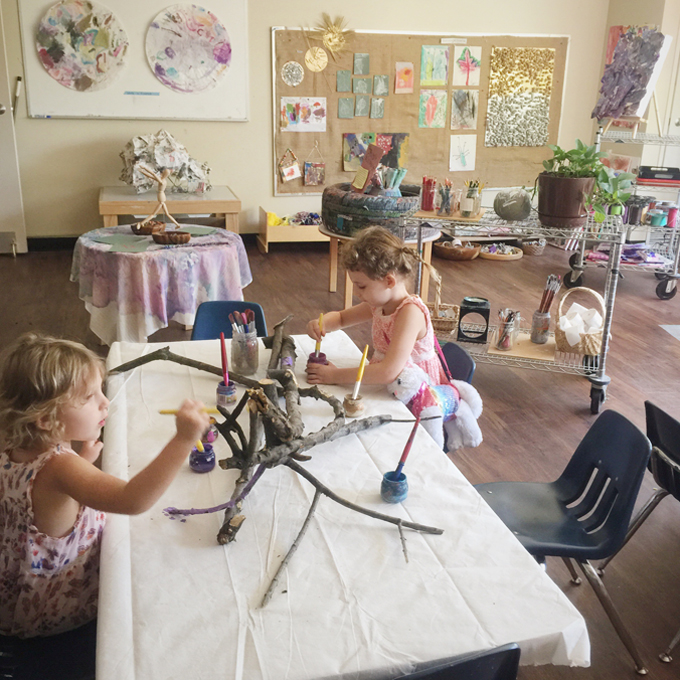A More Effective Take on Learning?
January 6, 2023
The brain is at its most malleable during the first couple years of human life. Countries around the world give children five years to absorb the world around them before they take advantage of this and mandate their presence in preschools. Most preschools use preselected curriculum to teach young scholars the core subjects, but over 4,000 magnet preschools across the world use an alternative system called the “Reggio Emilia Approach” to encourage the natural direction of students’ educational growth. These schools concentrate on steering young students towards thinking and analyzing information for themselves, appreciating and applying their creativity, and experimenting with different learning styles until they find the ones that suit them best.
The Reggio Emilia approach was first instituted after World War II by Italian psychologist Loris Malaguzzi and families living in the Italian town of Reggio Emilia. They collaborated in order to devise a new, more personalized take on early-learning that would lean into students’ innate interests and gifts and allow them to learn the standard curriculum while exploring the world like little kids are meant to. They also wanted to place emphasis on understanding the connection between oneself and other humans to establish an accepting and diverse student body.
Reggio Emilia’s founders achieved these objectives by categorizing each area of the classroom towards a different subject, investing in high-quality equipment for artistic endeavors like arts-and-crafts, theater, photography, and scrapbooking, taking students out in nature where they engage in hands-on instruction, highlighting participation in the classroom, and devoting themselves to being on the same page as other staff, so the program runs smoothly.
All in all, this approach has led to increased and more effective learning among the students because they fully comprehend what they have learned due to the exploration of a variety of learning styles, understand why it is important, and are motivated to use the newly formed knowledge to help them through life. Additionally, this approach is very beneficial to students as it starts them on the path they are meant to and want to go down as we often circle back to activities that we gravitated towards in early childhood later in life. If this is not the case, that is okay. However, developing and homing in on these interests is much more time efficient than teaching older students in depth about miscellaneous concepts that they will never put to use.
In 1991, the Reggio Emilia style of teaching spread to every corner of the world. One country that recently implemented this tact in its preschools is the Dominican Republic. I interviewed a child’s psychologist located in Santo Domingo, DR, and she gave me a briefing on how this learning approach sets up children’s confidence, social skills, sense of self, and fundamental skills for later schooling.
“[Because]…it’s a methodology that believes in the kids’ self-learning [and] discovering the world, they learn through their own senses making the learning experience unique to each kid.” (Says Daniella Gamundi, child’s psychologist). Another advantage to this system, she says, is that “Kids learn without fear… [of judgment from peers or guardians], identifying by themselves what they like and what they don’t.”
However, Gamundi says the downside to this lenient system is that teachers’ lessons are impromptu and formed based upon students’ personal interests which all vary. This creates obstacles to learning and adds more weight to teachers’ already heavy load.
Only a small percentage of preschools apply the “Reggio Emilia” early-learning approach right now, but more are starting to reform their techniques due to its proven positive effects. There is a lot that the US can learn from this means of teaching. We can learn to not have such a forceful hand in education. We can learn to listen to students more and allow them space to make their own decisions about their future. We can learn to cultivate students’ imagination and creativity through their academic years and not let it fade away, and we can learn how to teach in a way that persuades students to continue learning after their school career inevitably ends.
However, Mrs. Friedman, resident history and law teacher here at Somerset Canyons, adds that while she feels the Reggio Emilia method must be very beneficial for the kids [children] [in countries where it’s applied], she believes the US is “too big of a country and too based on testing” for it to be effective here. She says that while she feels it would be great if it was implemented, she doesn’t think it will be.
Additional Links:
